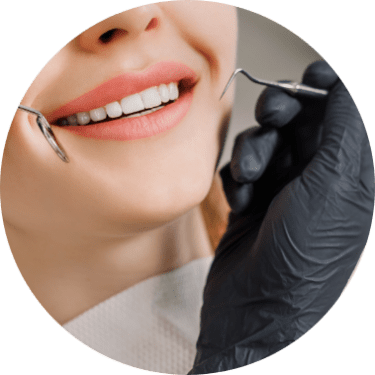0% Finance available
Treatment Finance is a popular option for patients considering cosmetic, orthodontic, or dental implant treatment. It provides a simple and affordable way to spread the cost of your dental treatment with an 0% interest loan over 12 months.


